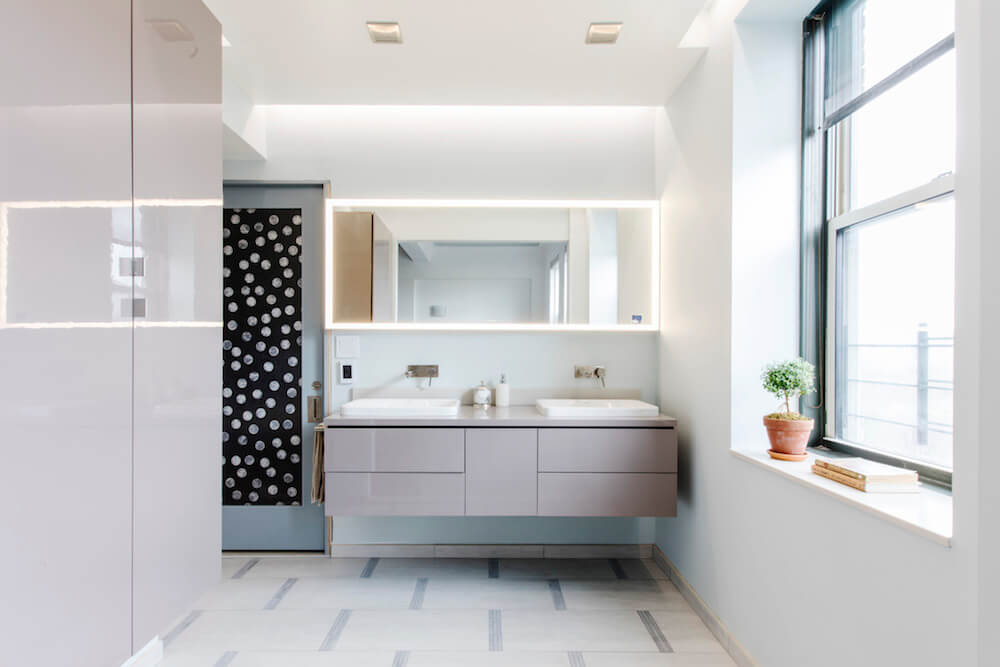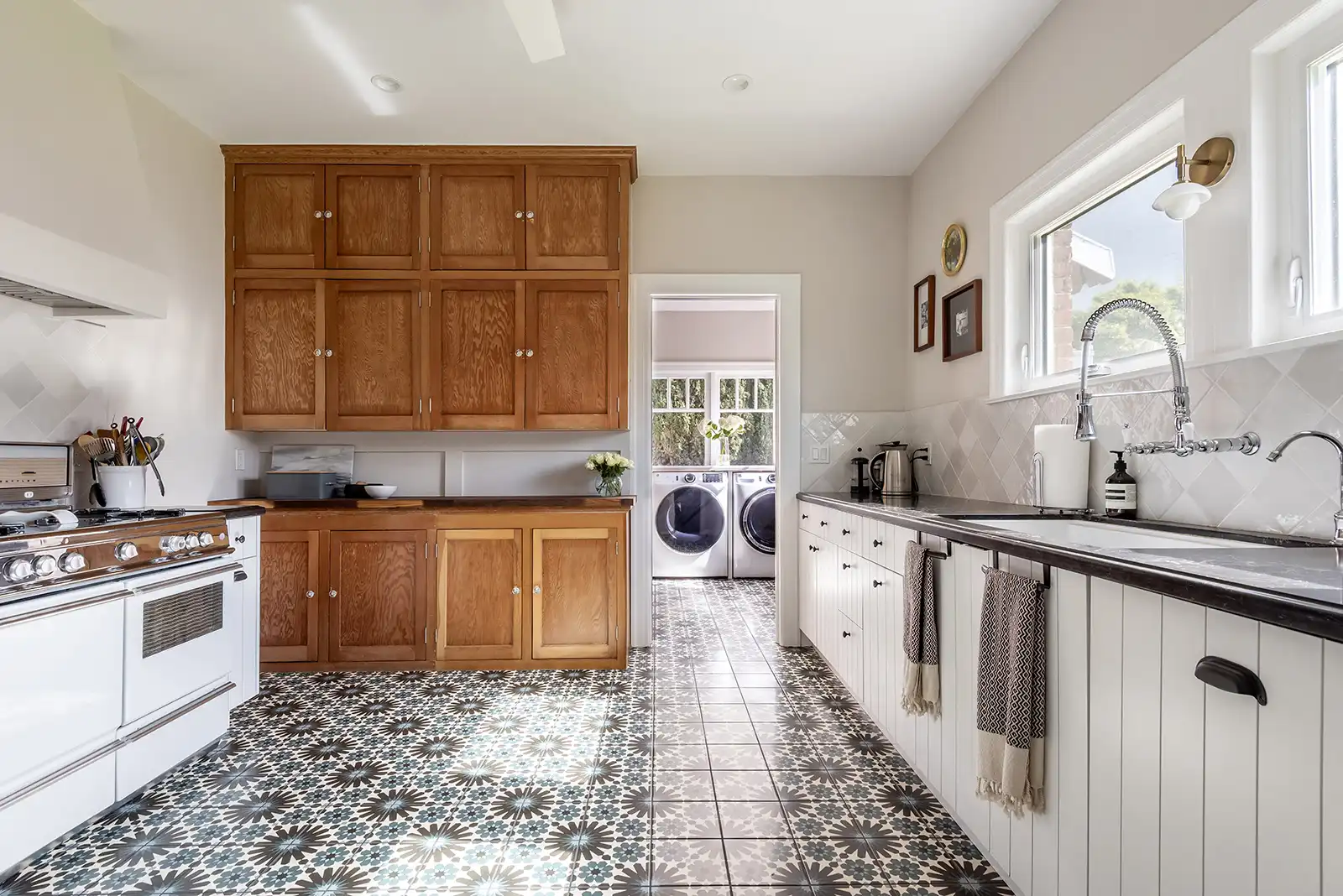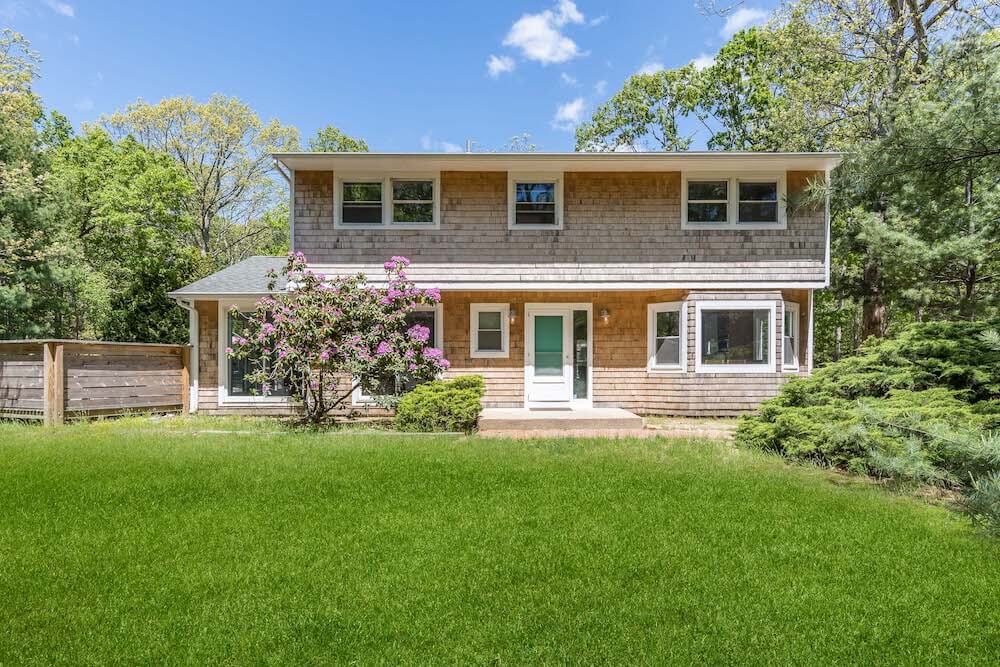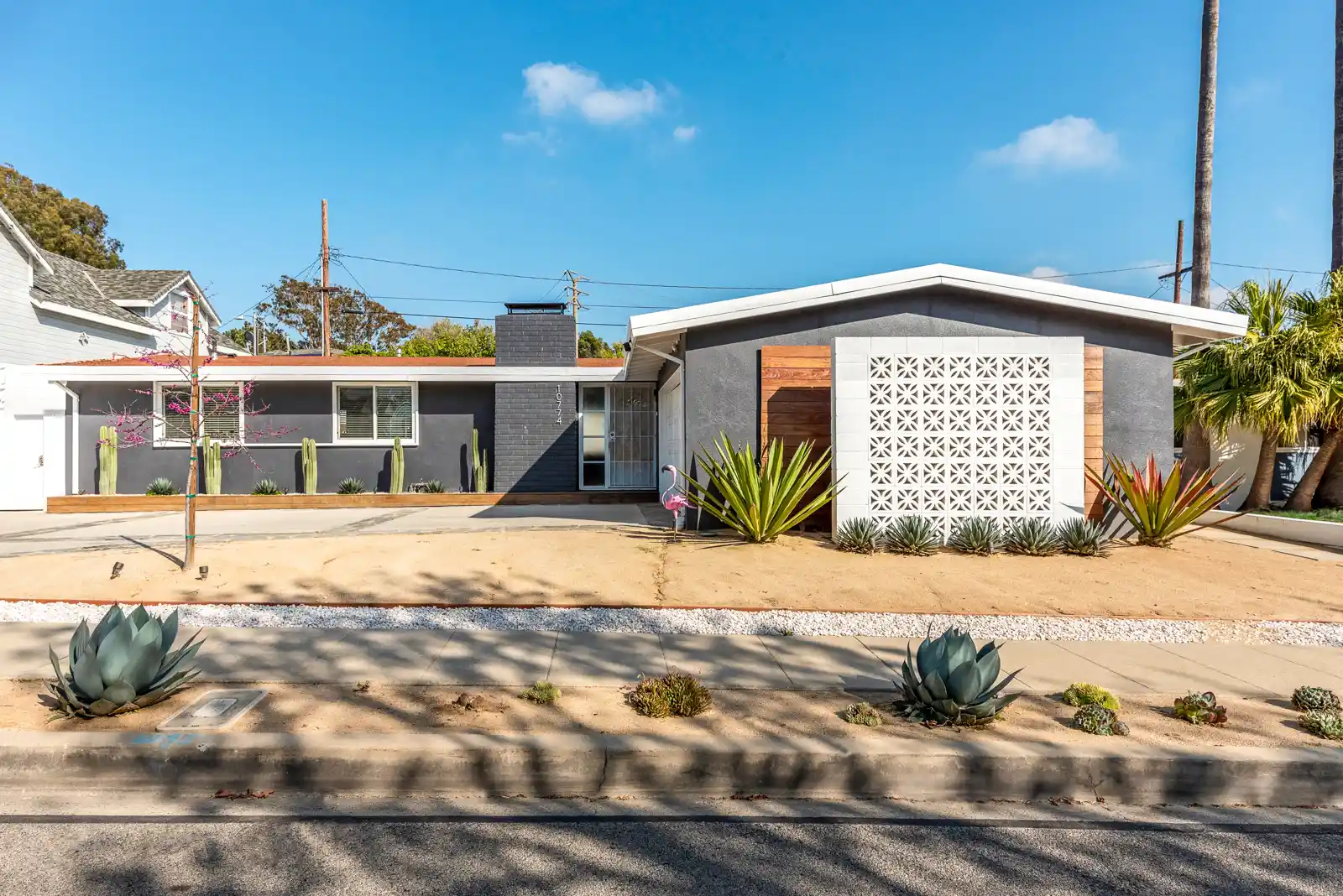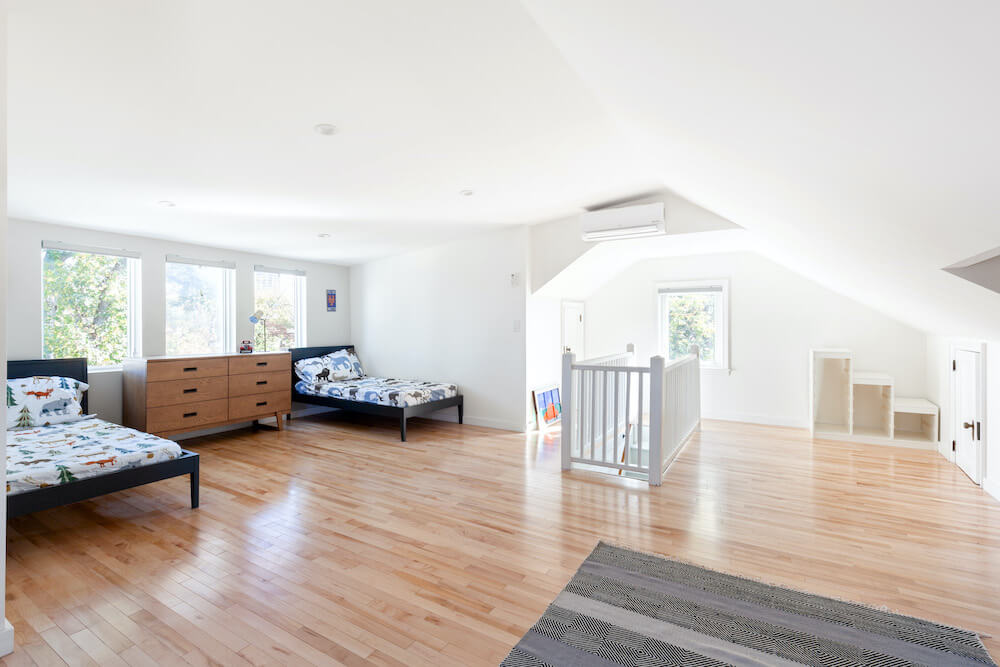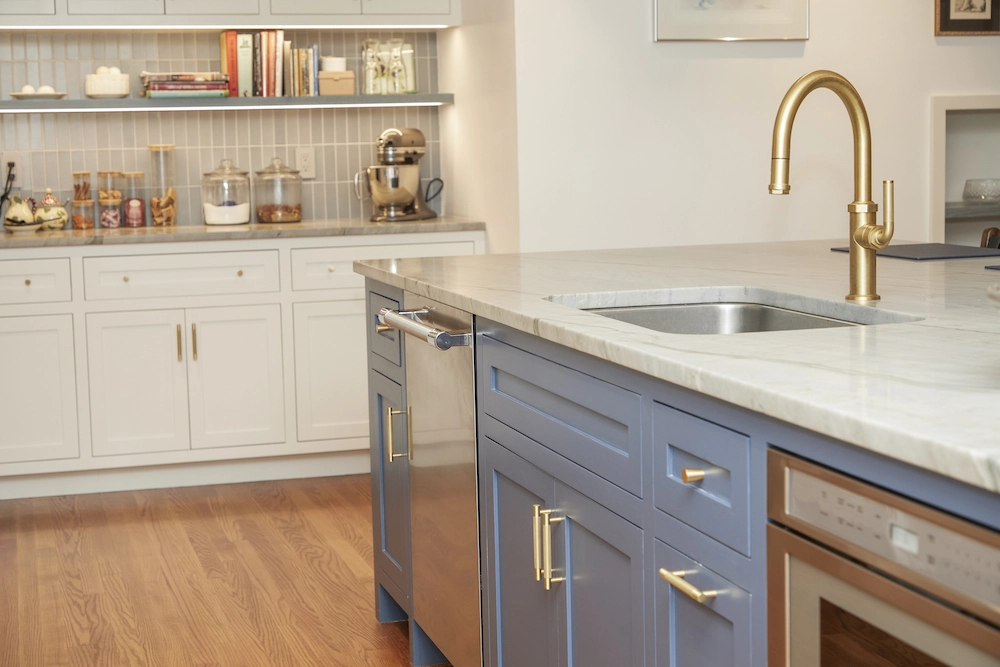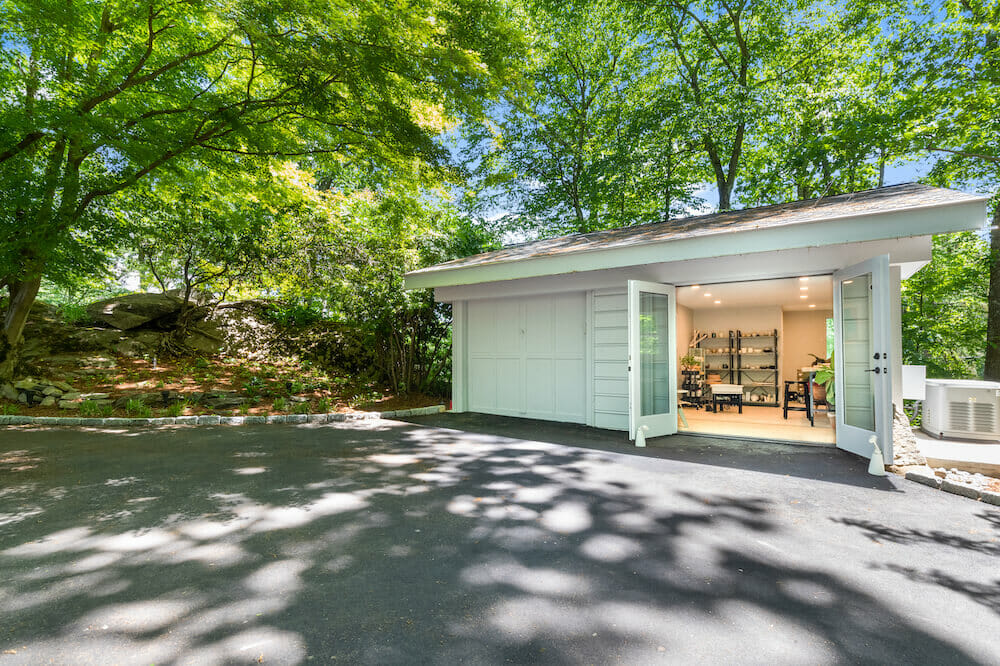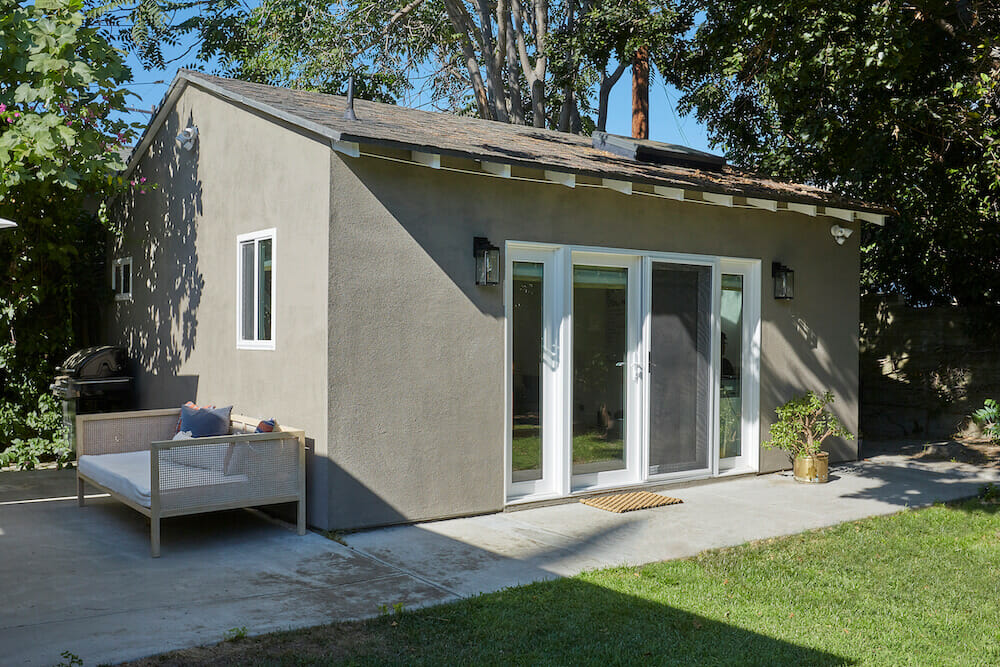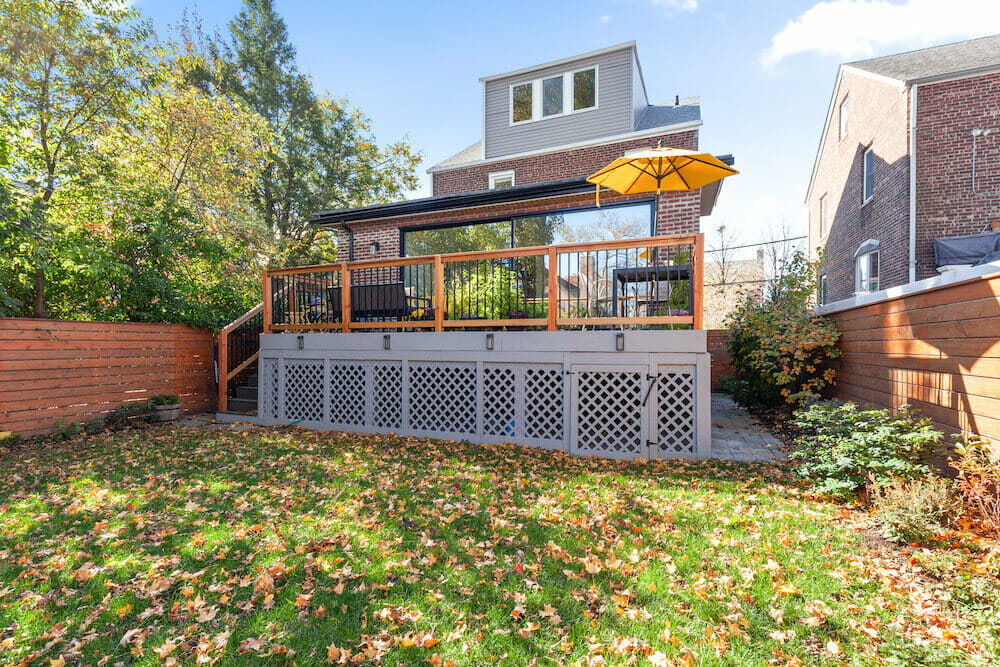Home / Blog / Home Renovation Process
How to Build ADUs in Chicago: Everything You Need to Know
Creating an ADU in Chicago is possible with existing structures or building new
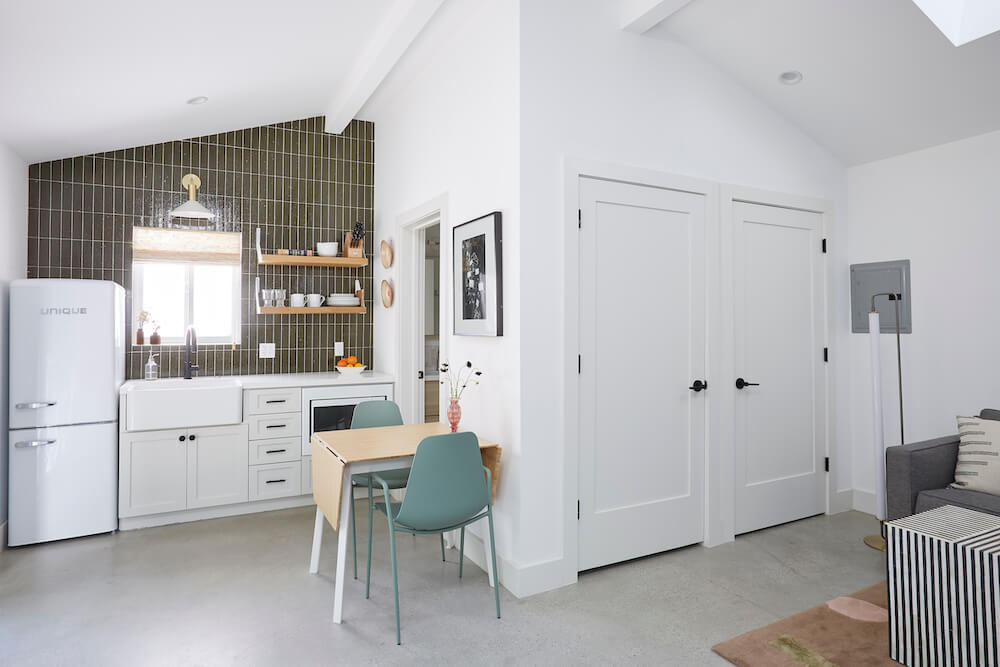
Thanks to a decision by the City Council, accessory dwelling units, or ADUs, are now allowed in five areas of the city of Chicago. The new Chicago ADU pilot program removes the ADU ban in place since 1957. The benefits of Chicago ADUs include creating more affordable housing units while providing income for homeowners. They also offer space for family members at different life stages, also known as multi-generational housing. In this guide, we review how to build ADUs in Chicago and how they could be an asset for homeowners.
What are ADUs?
ADUs come in various forms, including detached garages, basement apartments, attic conversions, and granny flats. In Chicago, “conversion units” refer to ADUs created by converting existing spaces within the main residence. The planned use of the ADU significantly impacts the cost. ADUs with kitchens and bathrooms, intended for rental or as additional living space, are generally more expensive due to the high cost of plumbing and electrical. For simpler and cheaper options, consider ADUs without these amenities, such as home offices, studios, or personal retreats. Remember, all ADUs must have a separate entrance from the main home, even if attached.
An ADU without a kitchen or bathroom could be a home office, studio, or a personal retreat outside of the main residence. These are simpler and cheaper than living space, as they’re not dwelling spaces. An ADU, by definition, will also have a separate entrance from the main home, even if attached to or part of the main home.
Why were Chicago ADUs banned?
Restrictions on ADUs in Chicago often stemmed from concerns about overcrowding and parking issues. However, with the nationwide housing crunch and the growing popularity of remote work, more homeowners are seeking to build ADUs for income generation or multi-generational living. Recent studies have shown that ADUs can actually improve neighborhood character and reduce traffic congestion. Chicago has responded by implementing zoning reforms and offering incentives to encourage ADU development, recognizing their potential to alleviate the tight housing market and provide affordable housing options.
How to get a legal Chicago ADU on your property
Renovate an existing building into an ADU
First, is an ADU legally allowed on your property? If so, do you have an existing building? Some remodels to consider include a granny flat or in-law space or rental.
If there’s existing space, what is it currently used for? Is it a good candidate for renovation for housing? Some older buildings would require a good deal of renovation work that it would be cheaper and faster to remove and replace. A crumbling foundation is a good example of this type of hurdle.
Build a new Chicago ADU
Does your lot have sufficient space for new construction? New space that’s attached to or part of the existing home can involve some complex planning. For example, consider the interface between new electrical, plumbing, foundation, roof, and the existing components. Fortunately, that can all be figured out but requires careful planning.
When you’re ready to consider either type of project, it’s wise to consult with a licensed general contractor in Chicago who has experience with these complexities. Sweeten can help connect you with local contracting firms in your area. Whatever one you build will have to meet all applicable codes. In other words, you don’t get a free pass on anything. The exception is the parking minimum. The pilot program doesn’t require new parking for an ADU. The benefits: new useful space; may increase your property value; and you’ll have a legal, income-producing space. Sweeten brings homeowners an exceptional renovation experience by personally matching trusted general contractors to your project, while offering expert guidance and support—at no cost to you. Renovate to live, Sweeten to thrive!
Chicago ADU pilot program
Chicago’s ADU pilot program delineates some regulations by area. For example, under the Chicago ADU pilot program, you cannot remove existing parking to make way for ADUs. Additionally, some areas are limited to two ADU permits per block per year. Some properties are required to meet affordable housing requirements with rent restrictions. Coach houses are limited to a maximum of 700 square feet and a height of 22 feet above grade.
You might be able to build more than one ADU, as well. Here’s what the program says:
“The number of ADUs allowed depends on the number of existing legal units on a property:
- For properties with 1 to 4 units, the property owner can add one coach house unit to any property, or one conversion unit to properties that are at least 20 years old
- For properties with 5 or more units, coach houses are not permitted, but the property owner can create up to 33 percent more units as conversion units.”
Short-term rentals
Short-term rentals, often facilitated by platforms like Airbnb and VRBO, have become increasingly popular in Chicago. While ADUs can offer a lucrative opportunity for short-term rentals, local regulations and community concerns have led to restrictions on their use. Chicago’s ADU pilot program, for instance, specifically prohibits short-term rentals. Understanding the local zoning laws and community dynamics is essential for ADU owners considering this option. As the short-term rental market continues to evolve, it’s important to consider both the potential benefits and challenges associated with this type of rental strategy.
How much does an ADU cost?
A major factor on the cost of a Chicago ADU will be based on what you have to work with. For example, are you converting a garage with a good roof that is close to electrical and plumbing hookups? Do you have an already empty space available, or need to remove trees to make space?
These factors make ADUs more complex than you realize, considering they tend to be small spaces. In fact, in places where they’re legally allowed the maximum square footage is usually limited to a fixed percentage of the square footage of the main house, as mentioned above.
Again, the cost will depend on multiple things: your existing property, the general contractor you hire, plus options like hiring an architect. Your best bet is to work with an experienced professional to build your new Chicago ADU.
Ready to Renovate Your Home?
Post your project on Sweeten today and get matched with our vetted general contractors for free! Find endless home renovation inspiration, detailed guides, and practical cost breakdowns from our blogs.
Frequently asked questions
As of May 1, 2021, the Chicago City Council, is allowing accessory dwelling units, or ADUs in five areas of the city of Chicago. The Chicago ADU pilot program removes the ADU ban in place since 1957. ADUs are located on the property of the main residence. They can be unattached units or new construction. The benefits include creating more affordable housing units while providing income for homeowners. They also offer space for family members at different life stages, also known as multi-generational housing. The pilot program prohibits “short-term rentals,” Airbnb, or VRBO in some locales to prevent a decline in traditional rental units.
Chicago’s ADU pilot program allows for existing structures to be turned into accessory dwelling units. Properties with enough space can also build new construction. Either type of project will require an experienced licensed general contractor in Chicago and possibly an architect to navigate the DOB, applicable local code, and careful planning. Older structures may require a great deal of complex planning and renovation. New structures attached to a main home will have electrical, plumbing, foundation, roof, and other existing components integrated between the two.
The Chicago City Council has removed a longstanding ban on ADUs and is now allowed in five areas in the city of Chicago. Through Chicago’s ADU pilot program, homeowners can renovate an existing building into an ADU on the property of the main residence. A new structure can also be built. ADUs can be turned into rentable living spaces, or “dwelling units,” that will need a kitchen and bathroom. If built without a kitchen or bathroom, it can function as a home office or studio outside of the main house. These will cost less to create than living spaces. The pilot program does impose some regulations. For example, an existing parking space cannot be turned into an ADU, while some areas have affordable housing requirements.
—
Sweeten handpicks the best general contractors to match each project’s location, budget, scope, and style. Follow the blog, Sweeten Stories, for renovation ideas and inspiration and when you’re ready to renovate, start your renovation with Sweeten.
